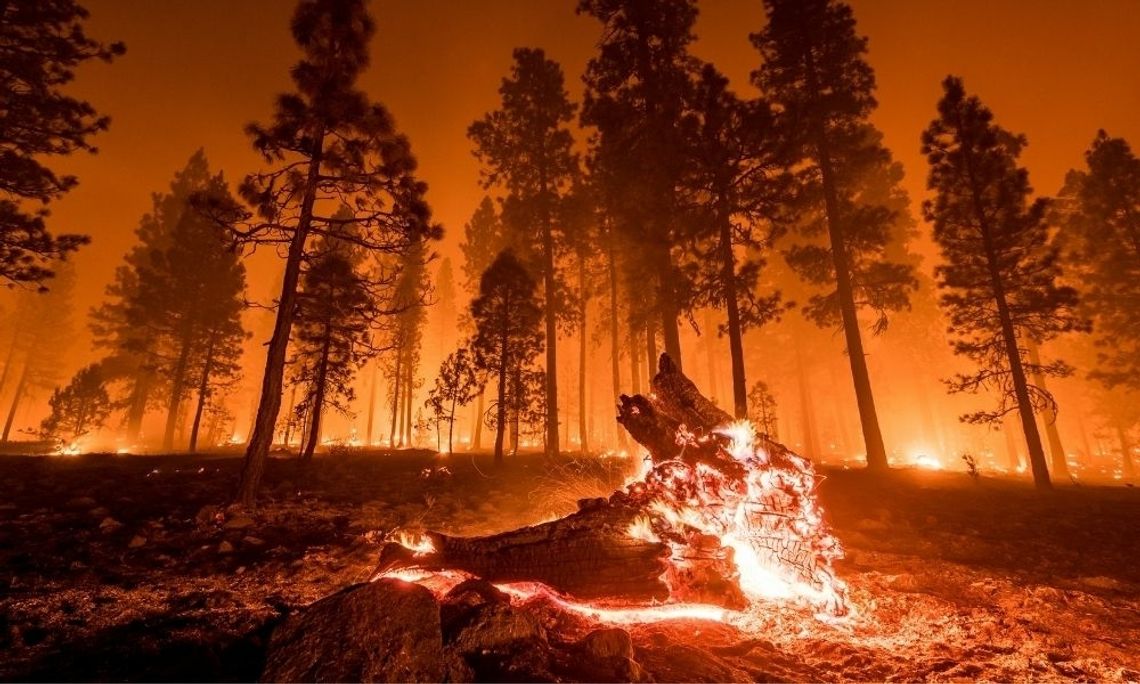Although the differences between wildland and structure firefighting are very evident, they aren’t that apparent to those not in the industry. In this brief but insightful write-up, we’ll learn about the differences between structural firefighters, the ones that show up on big trucks when a building is burning, and wildland firefighters, those specialized to fight larger fires in forests or other natural areas. Both groups have extraordinary members that require specialized training and gear.
Training and Education
The first notable difference between structure and wildland firefighting is their disparate training and education methods. While both groups must receive extensive training, the biggest difference is in the techniques required to deal with hazardous fires, and their requirements are worlds apart.
For example, a wildland firefighter must have a post-secondary education, pass various written and physical tests, have a Red Card certification that allows them to perform duties as a wildland firefighter, and have experience working in rough terrain.
On the other hand, structural firefighters must go through various written and physical tests, pass several interviews, and have emergency medical technician (EMT) certification.
Personal Protective Equipment (PPE)
Another significant difference comes down to how they protect themselves. In terms of PPE, structural firefighting and wildland firefighting require some different pieces of equipment.
A wildland firefighter must carry:
- Fire gloves
- Line gear
- Hose packs
- A helmet
- Drip torches
- A radio
- A chainsaw
- Boots
- A compass and GPS
- A first aid kit
A structural firefighter must carry:
- A helmet
- A coat
- Pants with boots
- A jacket
- A radio
- An axe
- Bunker pants
- A self-contained breathing apparatus (SCBA)
While some of their gear will be the same since they’re both fighting fires, there are some notable differences in the things that they need to have on hand.
Duties and Approaches to Fire
One of the main differences between wildland and structure firefighting is that structural firefighting is a year-round duty while wildland firefighting is seasonal and, therefore, temporary. In other words, a structural firefighter must always perform tasks related to public service, while a wildland firefighter is only required when there’s a fire.
That being said, there are other differences as well. Some additional duties of structural firefighters include:
- Dealing with chemical spills
- Responding to fire alarms
- Fighting structure fires
- Providing emergency medical care
- Continuously learning new technologies
- Using various strategies and tactics to control and contain fire incidents
On the other side of things, there are various roles in wildland firefighting, which means some of their duties will fluctuate. Their tasks include:
- Protecting communities, wildlife, homes, humans, and forests from wildfires
- Using maps, compasses, and GPS to maintain a sense of direction
- Rescuing hikers and other civilians, getting them to safety, and providing them with medical assistance
- Extinguishing fires using water pumps and chemicals
- Creating fire lines by cutting down trees and digging up grass in the path of the fire to stop it from spreading
This is where most of the differences in the two roles lie, but both groups are saving lives, so they’re equally valuable to our society.


Comment
Comments